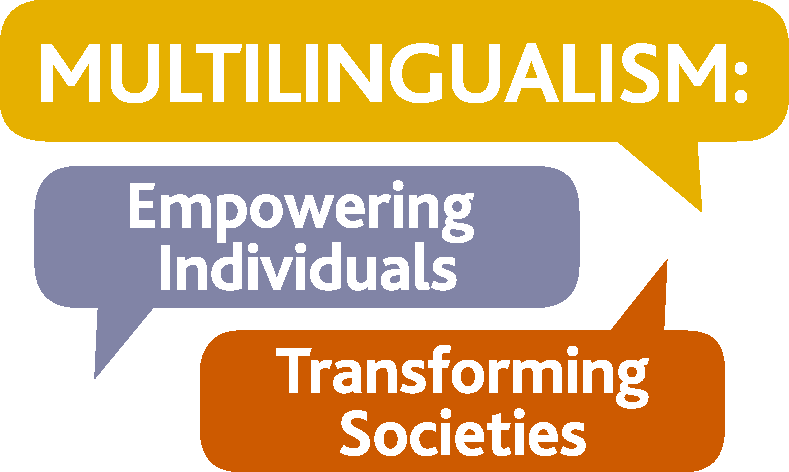The teaching of English grammar was introduced in primary schools in the 2014 National Curriculum for England, along with new grammar, punctuation and spelling tests taken by pupils at the end of Key Stages 1 and 2 (in years 2 and 6). The government published teaching specifications for each of the six years of primary school, along with a glossary of grammatical terms. However, no further support was offered, e.g. in the form of Continuous Professional Development training. The introduction of grammar in primary schools caused some anxiety among teachers, because grammar subject knowledge is not taught extensively during teacher training. In this article I discuss why the teaching of grammar is valuable, and ways in which teachers can engage their pupils in the classroom.
The introduction of grammar into the curriculum has been controversial. Some have argued that there was a political agenda behind this policy: that it was really a way for the government to introduce ‘rigour’ into the curriculum, and a way to enable them to rank schools. In the spring of 2019 the Labour party announced that it would abolish the KS2 test if it won a future election.
Others have argued that grammar teaching will result in pupils only being able to ‘name the parts’ of a sentence, rather than develop an understanding of grammar, and it will result in teachers ‘teaching to the test’. These are important points, which we should bear in mind. However, the curriculum and the tests have now been firmly established, with positive effects in secondary schools. The best way forward is to find engaging ways in which to teach grammar, steering clear of old-fashioned ‘ideologies’ such as drilling, and making full use of the opportunities offered by recent technological developments. Importantly, we should not lose sight of the age of the pupils and the way they experience the world. There is some evidence, discussed in my TES article, that primary school pupils are enjoying the teaching of grammar (Aarts 2018; see also Bell 2016).
Grammar belongs in the curriculum because learning about language offers many advantages. First of all, grammar is part of the language that we all use to communicate with each other. To have some awareness of how communication works should be part of our general knowledge, in the same way that knowing about important events in history and key literary works is important. Second, learning about grammar can help pupils enjoy using language in both spoken and written form. Third, because the study of grammar involves studying structure, pupils will acquire important key analytical skills that will be very valuable wherever their futures lie. Fourth, studying grammar makes learning foreign languages easier. And finally, learning about grammar can improve pupils’ critical reading and writing skills. I will return to the last point at the end of this article.
Teachers receive very little support from the government in their teaching of grammar. So where can they get help? They often turn to the internet for subject knowledge guidance, e.g. on how particular terminology is used. However, this practice has many downsides. First of all, many grammar resources are unreliable because they were written by non-experts. Even highly respected educational providers have published materials with serious errors, which can lead to confusion and poor pupil test performance.
A second source of confusion is that there exist various grammar frameworks that use different terminology, and this is something that teachers are not always aware of. Sometimes the problem is that different terms are used for the same grammatical phenomenon. For example, in English Language Teaching classes around the world the terms ‘present continuous’ and ‘past continuous’ are used to talk about the English construction in which a verb ending in –ing follows the auxiliary verb be, as in I am eating my lunch or They were watching television. Modern grammarians prefer the term ‘progressive construction’. One of the innovations of the 2014 curriculum was that the often-outdated terminology used in schools was brought into line with practice in present-day linguistics. A more serious problem is that often the same terminology is used for different things. For example, on the internet, the term ‘exclamation’ is used for all of the following: What a nice day it is!; How radiant you look today!, It’s Friday!; What did you do that for!? Within the terms of the National Curriculum only the first two examples are exclamations, because they follow a particular structural pattern. This has led to a lot of confusion, to the extent that the Schools Minister was forced to publish a clarification about exclamations.
How can we get around these problems? At UCL I have been leading a team that has developed the entirely free Englicious website, which helps teachers teach the demanding specifications stipulated by the government for each of the year groups in primary and secondary schools. Englicious is entirely informed by modern linguistics and makes full use of state-of-the-art technologies that can be used with tablets, smartphones, apps and interactive whiteboards. To date over 10,000 teachers and pupils have signed up to use the site.
What’s in Englicious? The site offers teachers:
- a year-by-year overview of the programmes of study in the 2014 UK National Curriculum;
- hundreds of fully prepared lesson plans, starters, exercises, videos, projects, etc.;
- assessments for evaluating pupil attainment and progress;
- a complete and reliable overview of English grammar;
- the National Curriculum Glossary, enhanced with new terminology;
- Continuous Professional Development materials.
Englicious will help pupils:
- to learn about English grammar in a fun way, using interactive online resources;
- to develop their analytical skills;
- to develop their literacy skills, with a focus on grammar, spelling, punctuation and writing;
- to develop their enjoyment of (using) language, both in spoken and written form;
- to enhance their confidence;
- to improve their test scores in the Year 6 grammar, punctuation and spelling test and beyond at GCSE level.
The question of whether the teaching of explicit grammar can improve pupils’ writing at an early age has not yet been satisfactorily answered in educational research. To investigate this question, a new research project, funded by the Nuffield Foundation, and led by Dominic Wyse at the UCL Institute of Education and myself, began in January 2019. The project addresses the following research questions:
- To what extent is an intervention based on Englicious effective in improving pupils’ writing at Key Stage 1?
- What are the main implications for teacher practice after implementing such an intervention, and, more generally, for the evidence-informed teaching of writing?
- In what ways do the outcomes of the research have implications for the teaching of writing in the National Curriculum for primary schools in England?
These questions will be addressed by conducting a Randomised Controlled Trial (RCT) and a qualitative process analysis in London schools, as well as by engagement with stakeholders in relation to the findings from the RCT and process analysis. It is hoped that the outcomes of the research will inform policy with regard to the teaching of writing at Key Stage 1.
Further reading
Aarts, B. (2011). Oxford modern English grammar. Oxford: Oxford University Press.
Aarts, B. (2018). Long read: do teachers really hate teaching grammar? Times Educational Supplement.
Aarts, B. & Smith-Dennis, E. (2018). Using corpora for English language teaching and learning. In D. McIntyre and H. Price (Eds.), Applying linguistics: language and the impact agenda (pp. 163–175). London: Routledge.
Aarts, B., Cushing, I. & Hudson, R. (2019). How to teach grammar. Oxford: Oxford University Press.
Bell, H. (2016). Teacher knowledge and beliefs about grammar: A case study of an English primary school. English in Education, 50(2), 148–163.
Please cite: Aarts, B. (2019). Teaching English grammar: The Englicious approach. Languages, Society & Policy. https://doi.org/10.17863/CAM.40155






